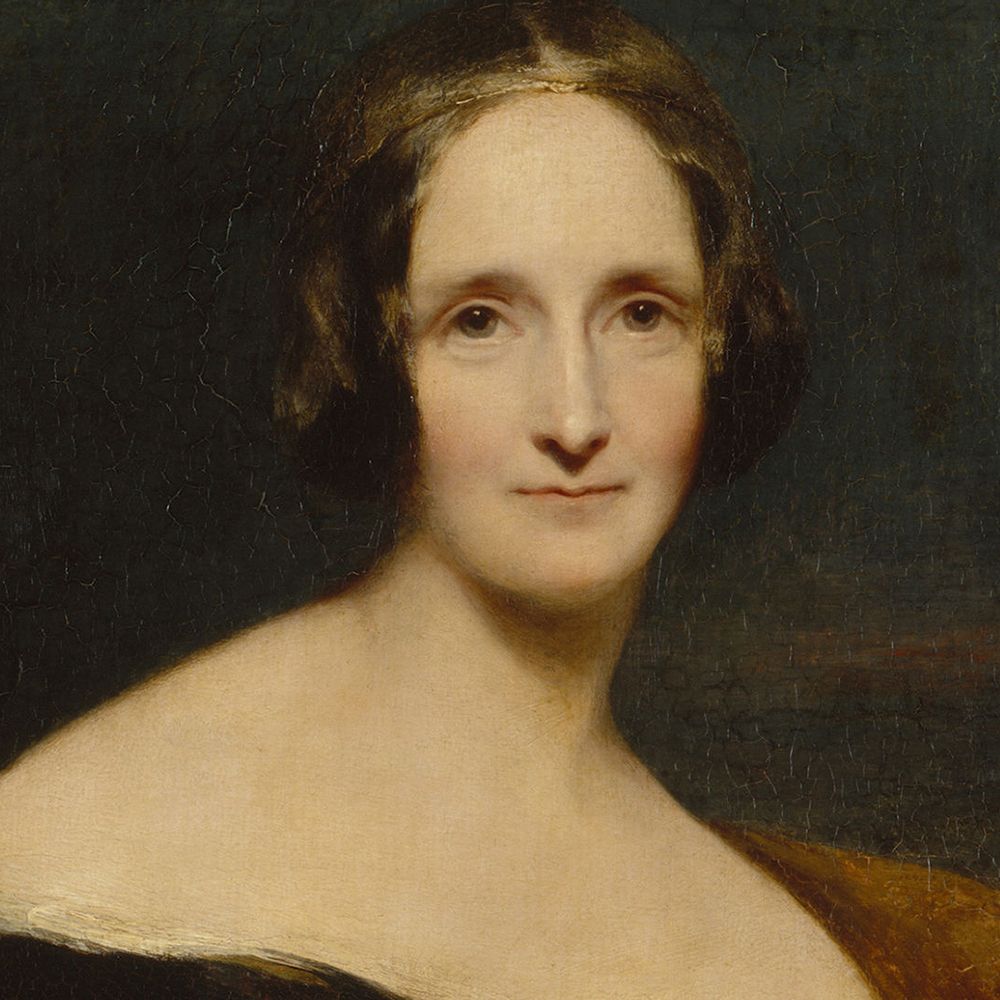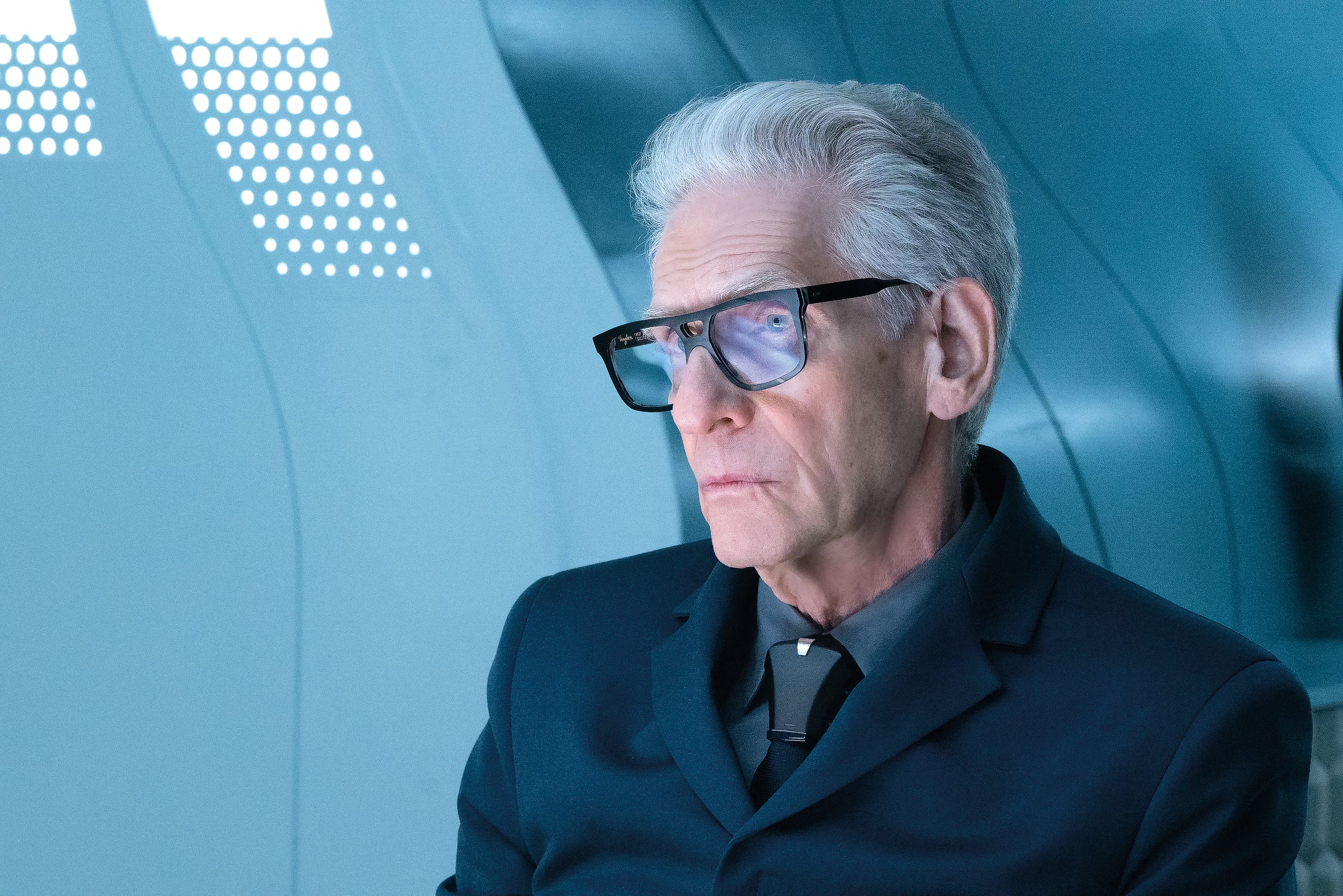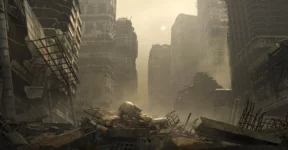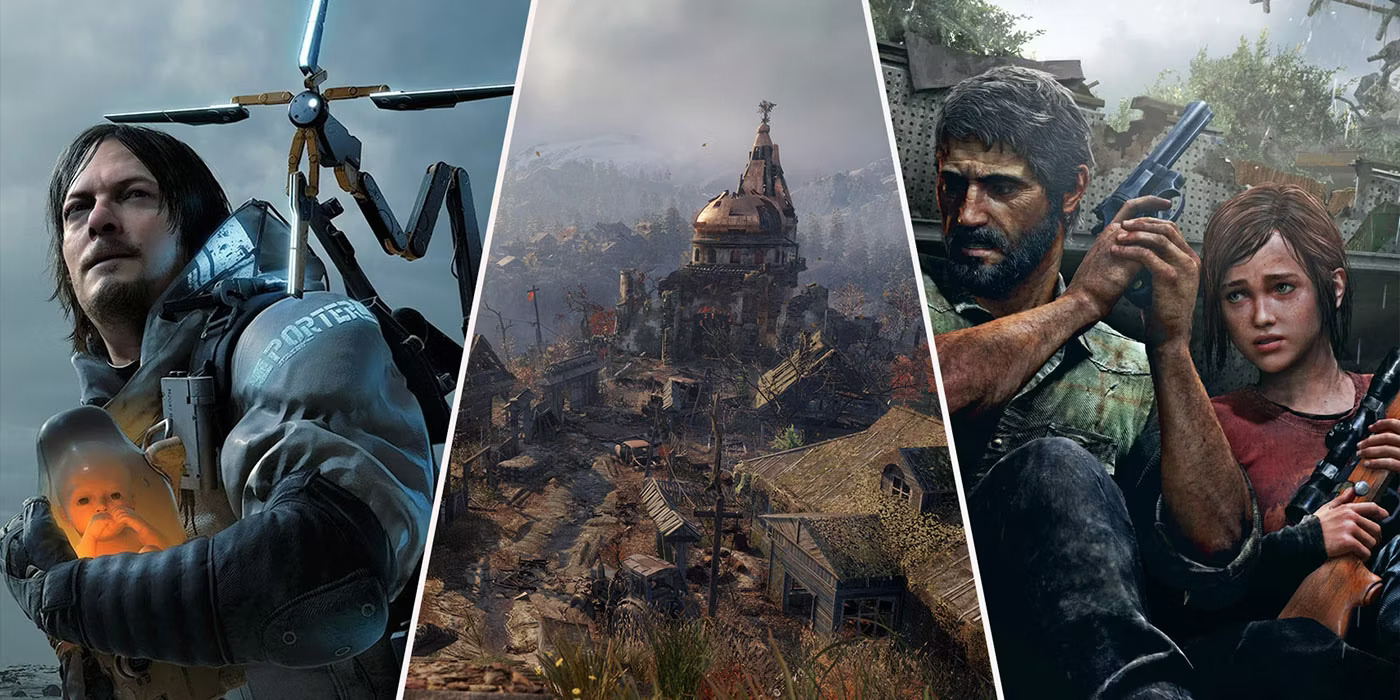Sci-fi horror has always been a fascinating mixed-genre since forever. From the early years of monster stories to the more recent proliferation of extraterrestrial-related themes and everything else in between, this unique blend of storytelling disciplines continues to captivate a massive base of audience with its speculative nature and terrifying phantasm with the underpinnings of fear-of-the-unknown. That said, not every single piece of work in the subgenre is as praiseworthy as the next. Great authors and directors established their names in the subgenre’s history with creativity, ingenuity, and originality; others, not so much. Here is just a (very) short list of some of the best masters of sci-fi horror for you to discover.

Mary Shelley
It’s said that in 1816, Mary Shelley and his poet husband, Percy Bysshe Shelley, along with John William Polidori (the father of the vampire fantasy genre) spent a summer at Lord Byron’s house near Geneva. During some light philosophical discussions about life, death, and medical science, Mary Shelly had a brainwave and conceived the idea of her most famous novel, Frankenstein. Technically titled “Frankenstein; or, The Modern Prometheus,” the novel finally saw the light of day in 1818. It follows the ill-fated story of an 8-foot monster created by a young scientist, Victor Frankenstein. The monster himself remains nameless throughout the novel and is often referred to by Frankenstein as fiend, thing, ogre, wretch, devil, being, demon, being, and creature.
As the story goes, it’s revealed that Frankenstein creates the monster by stitching together body parts sourced from charnel houses. He then exposes the reassembled organs to galvanism–some sort of electrical stimulation–and the monster suddenly comes to life. Frankenstein’s creation has a hideous appearance and is eventually shunned by the society at large. Although he begins life as a caring and sensitive creature, the constant and intense rejection by the society leads him to destructive behaviors. The more he is excluded, the more envious and devastating he is. The monster hunts down his own creator and finally disappears into the arctic.
And with Mary Shelley’s Frankenstein, a new mixed-genre came into existence. The novel is considered the first true sci-fi horror literary work thanks to its ability to seamlessly integrate science fiction and horror elements together as a single coherent narrative. Mary Shelley invented sci-fi horror as a mixed-genre; you just can’t overestimate her importance.
David Cronenberg
To say that David Cronenberg has had a tremendous career would be a blatant understatement. He started his directorial journey with real stomach-churning sci-fi horror fare before moving to the realms of drama with the likes of History of Violence, A Dangerous Method, and Eastern Promises. But interested in his younger years, when he was still actively writing the bulk of his own movie materials. And much of those came with strange morbidity.
Films like The Fly, Videodrome, and Scanners planted his name firmly in the foundation of sci-fi horror. You could almost say that he created some of the most significant building blocks of modern sci-fi horror, especially those blocks made of unhinged absurdity. Gruesome biological horrors sprinkled all over sci-fi backgrounds have become Cronenberg’s long-lasting signature approach to sci-fi horror directing. Sometimes it involved an almost comical level of makeup effects, but they could only heighten the horror effects. After over two decades of hiatus from sci-fi horror, he made a brilliant comeback to the genre with the critically acclaimed Crimes of the Future (2022). Not only did Cronenberg return to the genre, but he also revisited the classic gruesome-fueled style that will forever be his most recognizable trademark in the film industry.
John Carpenter
Thanks to Halloween (1978), John Carpenter’s name will be constantly associated with horror. Carpenter made his directorial debut in a sci-fi feature film titled “Dark Star,” released in 1964 and re-released five years later. It’s not a sci-fi horror, but some kind of parody of 2001: A Space Odyssey. His next big attempt would be Escape from New York (1981), which is also heavily influential in its own right, before arriving at his true sci-fi horror masterpiece, The Thing (1984). Until today, there has been no discussion about sci-fi horror without mentioning how important “The Thing” is to the genre.
In case you haven’t watched “The Thing” yet, maybe because you think it’s too old to be entertaining, let us give you a friendly reminder that the movie is probably as gross as a sci-fi horror could be. It’s about a mysterious creature that preys on other organisms and transforms its body (through what’s probably the most horrid metamorphosis you can’t unsee) into an abomination. We know it all sounds like nothing extraordinary now, but it’s only because other filmmakers have used the same template repeatedly–a testament to Carpenter’s brilliant creativity. Since The Thing, Carpenter directed a few more sci-fi horror movies, including Price of Darkness (1987), They Live (1988), and Ghost of Mars (2001), further cementing his status as one of the subgenre’s true legends.
We think (and we do know) that some other major names like Ridley Scott (Alien, 1979), James Cameron (The Terminator, 1984), and Richard Matheson (I am Legend, 1954) deserve their spots in the list, too. Xenomorph is still quintessentially a star of sci-fi horror; Skynet and T-800 remain as the authentic examples of evil AI and cybernetics; and vampirism became no longer supernatural, thanks to Matheson. It’s good to see sci-fi horror growing as a genre; there will likely be many more great creators producing exciting stories, novels, and films in the future.
Who do you think are the most underrated sci-fi creators? Which one do you like best in sci-fi horror stories: extraterrestrial monsters or rogue artificial intelligence? We’d love to hear from you.
Other Things You Might Want to Know
Some of Richard Matheson’s most popular works:
Someone Is Bleeding (1953)
- Fury on Sunday (1953)
- I Am Legend (1954)
- The Shrinking Man (1956)
- A Stir of Echoes (1958)
- Ride the Nightmare (1959)
- The Beardless Warriors (1960)
- The Comedy of Terrors (1964)
- Hell House (1971)
- Bid Time Return (1975)
- What Dreams May Come (1978)
How many films are based on Richard Matheson’s I Am Legend?
There have been four so far, including:
The Last Man on Earth (1964) – also co-written by Richard Matheson
- The Omega Man (1971)
- I Am Legend (2007)
- Soy Leyenda (1967) – a Spanish short film
What is Xenomorph?
Technically called the Xenomorph XX121 and often referred to simply as the “Alien” in films, the creature is an extraterrestrial species that plays the role as the main antagonist in the Alien franchise. It’s a parasite, meaning it needs a host organism to survive and thrive during its early stages of life. The human phenotype is typically around 2.5 meters tall, weighing around 200 kilograms, and is extremely deadly. A Xenomorph Queen can grow even larger, surpassing 30 meters in height and possessing superior intelligence and speed compared to her offspring.







